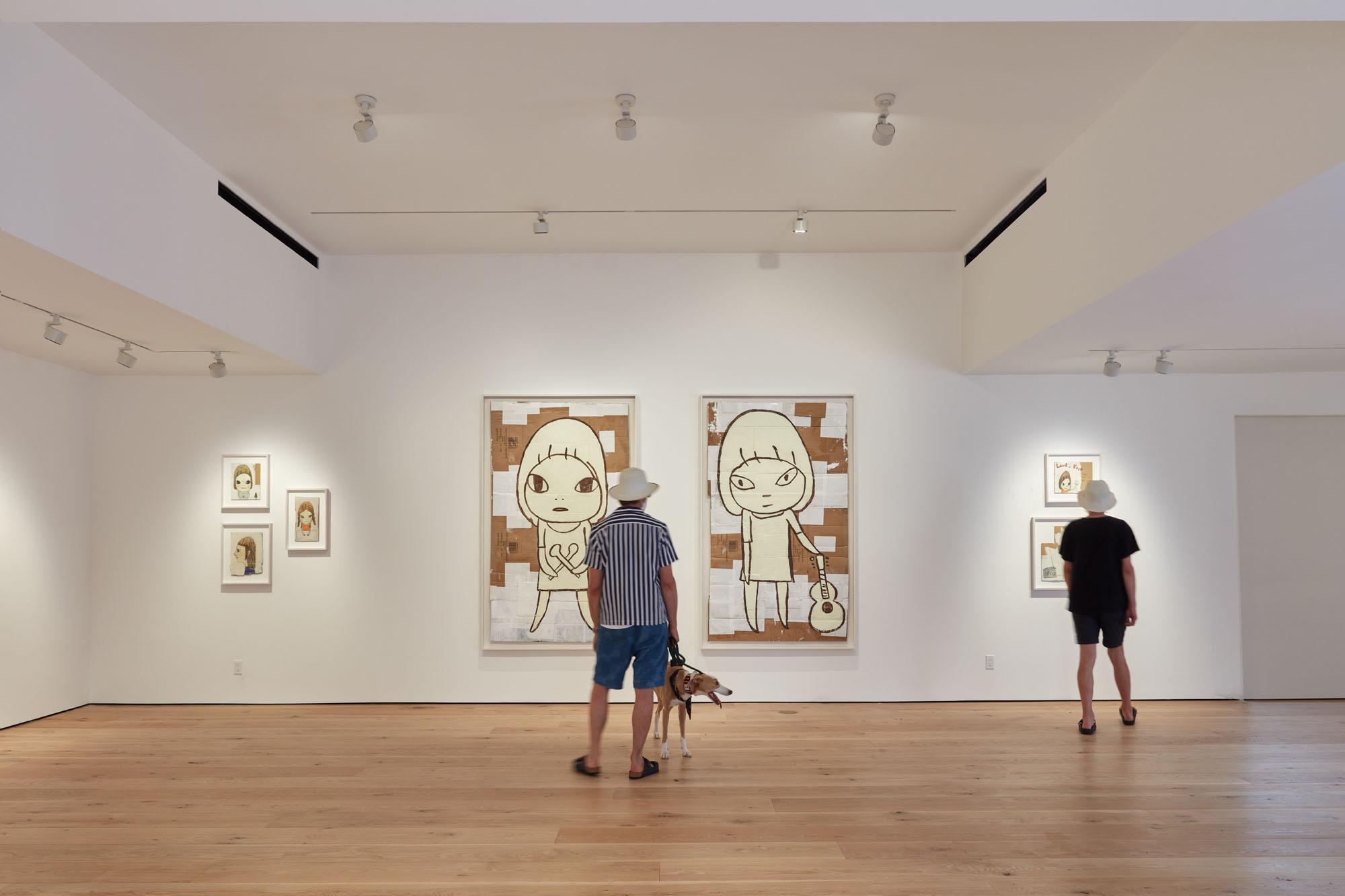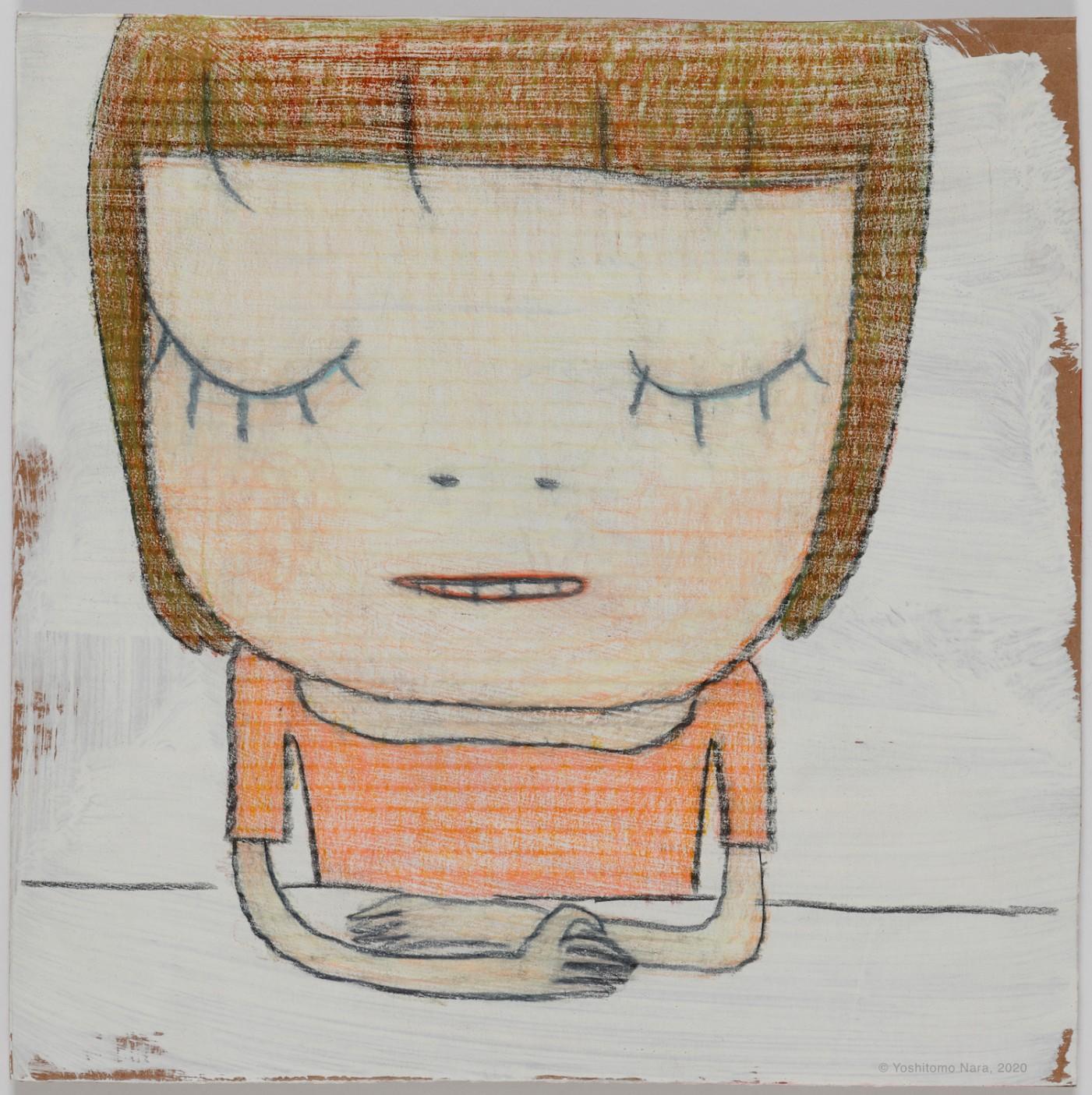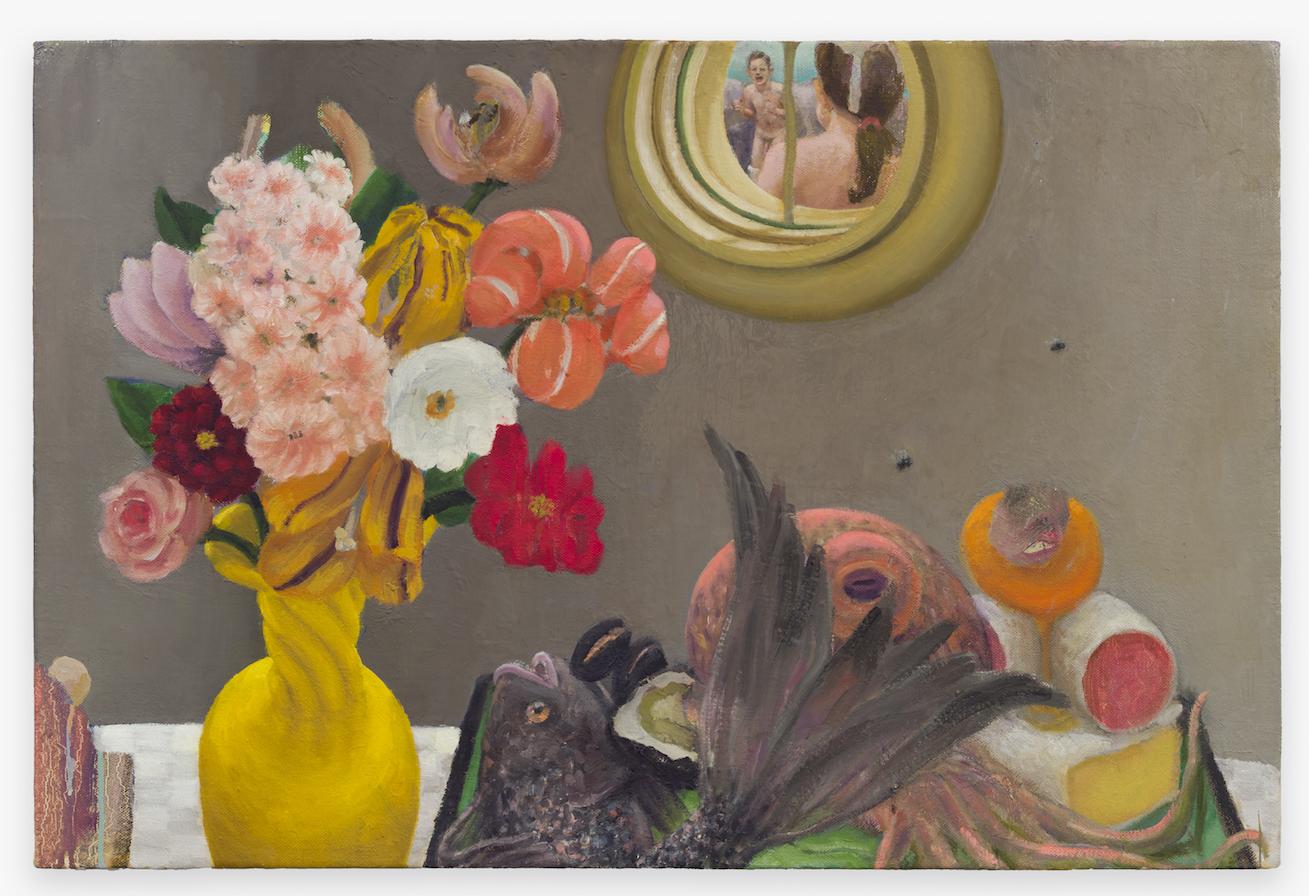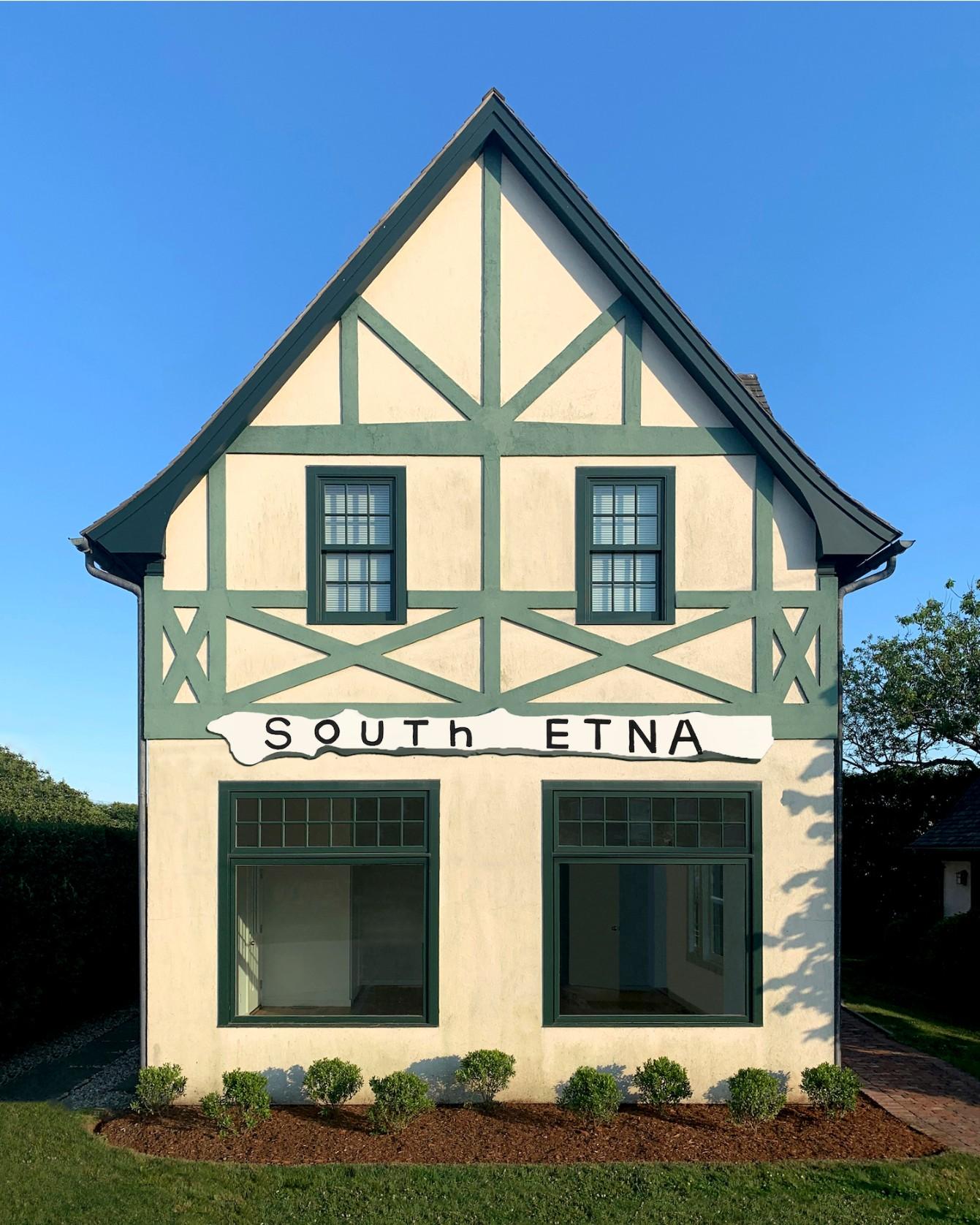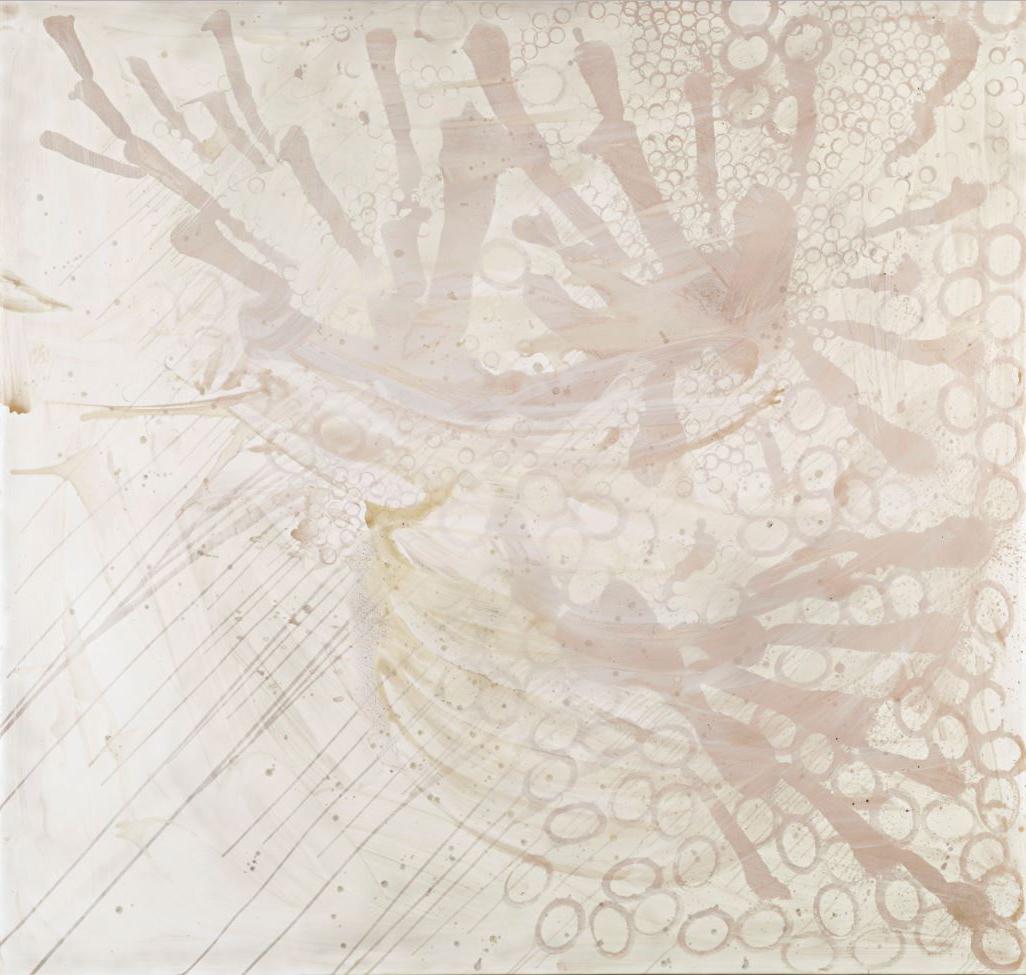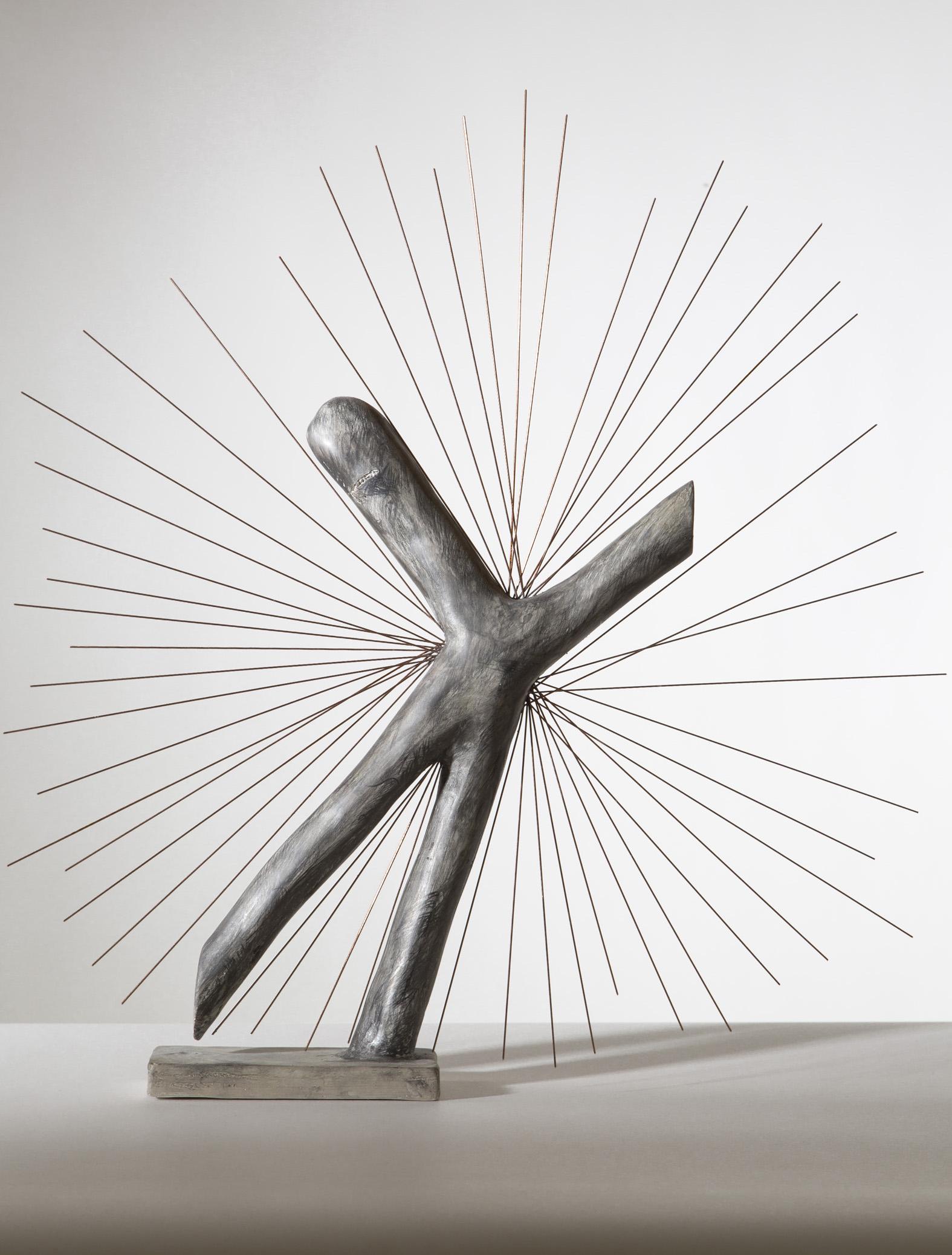Yoshitomo Nara: After all I'm cosmic dust
Pace East Hampton
July 3 – 19, 2020
One of Japan’s most influential artists, Yoshitomo Nara uses subjects associated with comics and animation to explore issues of isolation and urban angst. Inspired by punk rock and manga, Nara is feted for his drawings of knife-wielding girls, menacing dogs, and houses on fire, which drolly express societal feelings of helplessness and rage. His wide-eyed, devilish characters have infiltrated international pop culture through his art, countless publications, and consumer products and gained the artist a cult status amongst an ever-growing number of fans.
“I was probably a late bloomer in becoming an adult,” said Nara in a 2017 Time Out New York interview. “And I feel that those kinds of “early period expressions” have a strong impact, which has lead to some superficial preconceptions about my work. The last 10 years, my work has become tranquil.”
Although some of the big-headed kids in this show maintain a punk posture while brandishing knives, wearing helmets with skulls and crossbones, or by flipping the bird, others make rock-and-roll references more tenderly by playing acoustic guitars like lovable folk singers. Nara’s rawness, however, is still prevalent in these mixed media works—which intuitively combine painting, drawing, and collage—through the artist’s use of discarded cardboard boxes as the figures’ grounds.
Primarily drawn and painted on irregularly cut and flattened-out forms that crudely reveal a linear, corrugated patterning when covered with colored pencil, the pieces sport a devil-may-care attitude that his puckish characters seem to have been purposely—and somewhat charmingly—created to convey.




